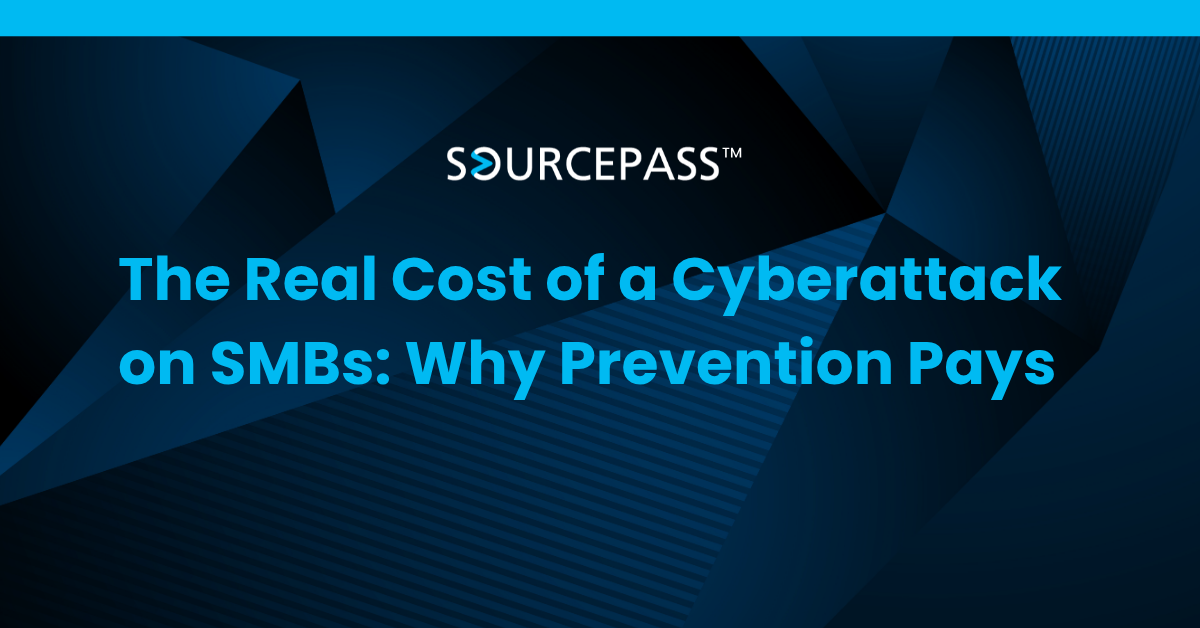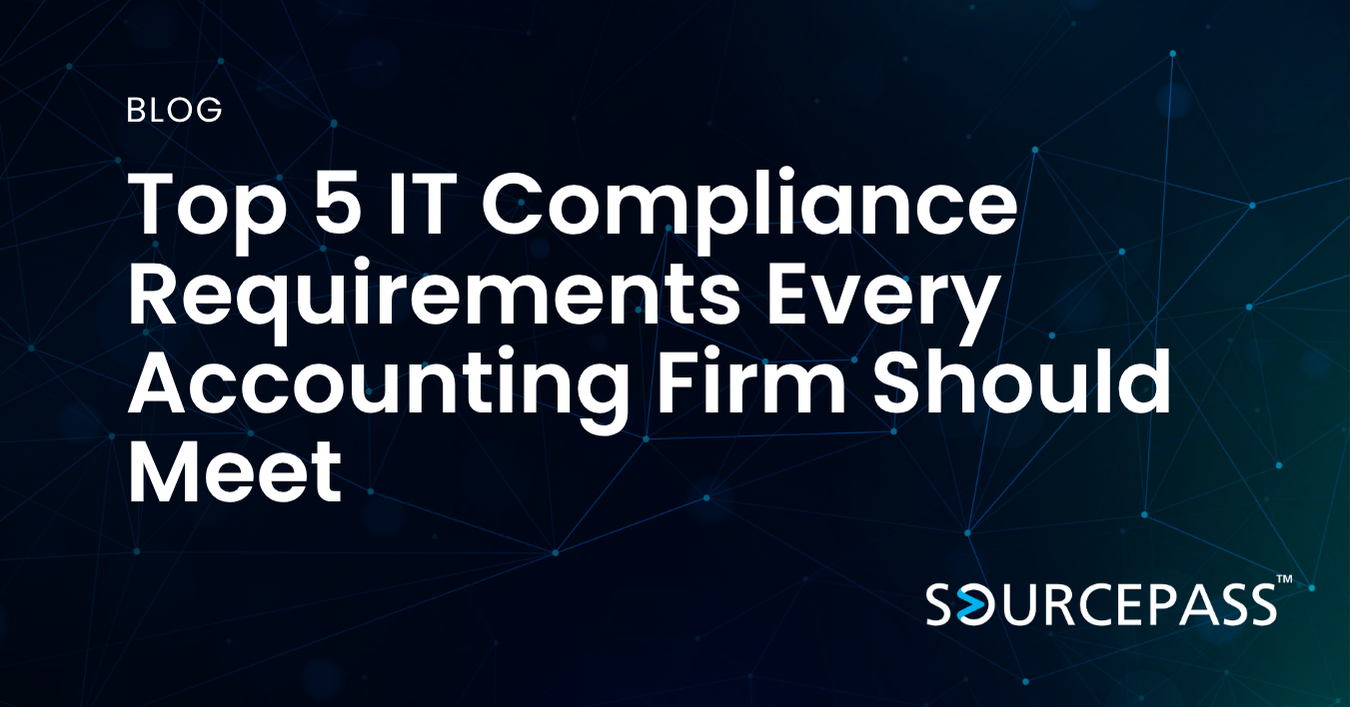The Real Cost of a Cyberattack on SMBs: Why Prevention Pays
Jun 18, 2025 Admin Costs & Budget | IT Services & Support 2 min read



Cybersecurity is not just a concern for large enterprises. One wrong click can trigger a ransomware attack that shuts down operations, drains budgets, and damages client trust. For small and mid-sized businesses (SMBs), a cyber incident can easily exceed six figures once downtime, recovery, legal exposure, and lost business are factored in.
This breakdown reveals the real financial impact of an attack and why proactive security investments are far more cost-effective than crisis response.
How a Single Click Leads to a Crisis
An employee receives an email that appears to be from a client. It includes a link to view an invoice. They click — and ransomware spreads through the network, encrypting files and halting operations.
Within minutes, business stops. What follows is far more expensive than most leaders expect.
The Financial Breakdown of a Cyber Incident
1. Operational Downtime
Systems remain locked for three business days.
-
25 employees offline
-
$60/hour average productivity value
Cost: $36,000 in lost productivity
2. Ransom Payment (If Paid)
- Average SMB ransom demand: $25,000–$50,000
Assumed cost: $30,000
3. Incident Response & Recovery
-
Forensic investigation
-
System restoration and security hardening
Estimated cost: $20,000
4. Regulatory Fines and Legal Fees
-
Compliance notifications (PCI, HIPAA, GDPR)
-
Legal counsel and breach reporting
Estimated cost: $10,000–$25,000
5. Reputational Damage and Lost Business
- Delays, lost contracts, and client churn
Estimated loss: $10,000+
Total Estimated Impact: $100,000+*
*Not including higher insurance premiums, employee burnout, or future productivity loss.
Why SMBs Are High-Risk Targets
SMBs often lack the security infrastructure and response plans of larger organizations. Common vulnerabilities include:
-
Minimal phishing and email filtering
-
Missing endpoint detection and response (EDR)
-
Weak password policies or lack of MFA
-
Outdated patches and untested backups
-
Limited cybersecurity training
Attackers know this — and they exploit it.
How to Prevent a Six-Figure
Cyber Incident
You cannot eliminate risk, but you can drastically reduce it with layered protection:
- Employee Cybersecurity Training: Phishing simulations and awareness programs reduce click-through risk.
- Multi-Factor Authentication (MFA): Critical for email, VPN, and application access.
- Endpoint Detection and Response (EDR): Provides real-time monitoring and rapid threat containment.
- Ransomware-Proof Backups: Off-network, encrypted, and regularly tested for recovery.
- Patch and Vulnerability Management: Eliminates known exploits before attackers can use them.
- Managed Security Services: 24/7 monitoring and incident response without building a full internal team.
Final Insight: A Breach Costs More Than Protection
Most businesses assume they are too small to be targeted — until they become the headline no one wants. A cyberattack starts with a click, but ends with financial loss, operational disruption, and broken trust.
Protecting your business is not just an IT decision. It is a financial and strategic one.
Concerned about your exposure?
Schedule a cybersecurity risk assessment to identify vulnerabilities and build a defense that protects your operations and reputation.
Frequently Asked Questions
How much does a cyberattack typically cost an SMB?
On average, SMBs face $100,000 or more in combined costs from downtime, recovery, legal exposure, and lost business.
Are SMBs really targeted by ransomware?
Yes. Attackers often prefer SMBs because they typically lack advanced defenses and incident response capabilities.
Is paying the ransom the fastest way to recover?
Not necessarily. Even after payment, data recovery is not guaranteed, and systems still require full rebuilding and security validation.
What is the most cost-effective cybersecurity investment?
Layered protection — including MFA, EDR, training, and secure backups — offers the highest return on risk reduction.
Why partner with a managed security provider?
MSPs provide continuous monitoring, rapid response, and enterprise-level tools without the cost of hiring a full internal security team.
Subscribe To
Sourcepass Insights
Sourcepass Insights
Stay in the loop and never miss out on the latest updates by subscribing to our newsletter today!
.png?width=500&height=100&name=White%20Logo%20-%20Transparent%20Tag%20(3).png)



